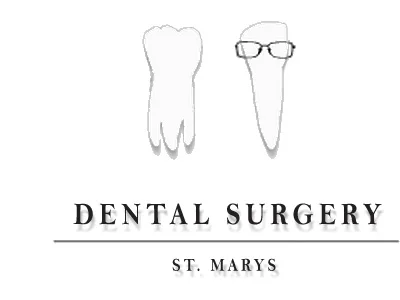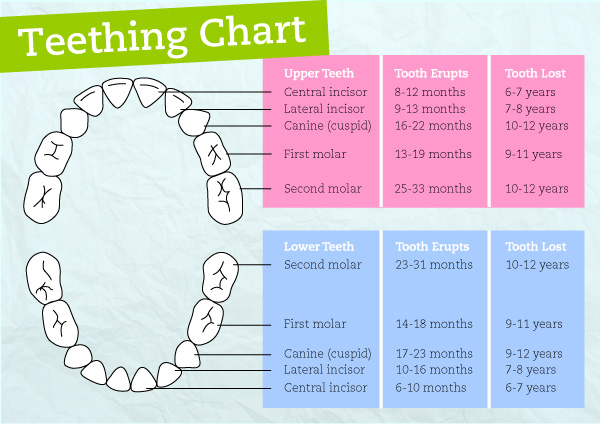So you’ve decided that the Clincheck simulation is perfect and would like to proceed with the treatment, what’s next?
Your aligners will be ordered and delivered within a few weeks to our surgery.
Depending on your case, your teeth may need some Interproximal reduction (IPR), which means the spaces between your teeth will be widened slightly to make more room. This isn’t a need for concern as the amount of space we create between your teeth will be less than 0.4mm, and will eventually be closed as your teeth become straight. Additionally some teeth may need attachments, as shown below.
These attachments act like the brackets of traditional braces, and allow more grip of the aligner onto the tooth for more drastic movements.
Once the IPR and attachments are placed, you can now start using your aligners, each set for 10-14 days at a time, until you reach the end. The great advantage of the Invisalign system is that if at the end of your set of aligners you aren’t happy, we are able to order further aligners until we reach your desired result.
If you have any queries about Invisalign or would like a free orthodontic consultation with our dentists, we are more than happy to hear from you on (02) 9623 1756.
“A smile is a curve that sets everything straight” - Phyllis Diller





